10 Tips for Caring for and Preserving Your Louis XVI Furniture Collection
Caring for and preserving your Louis XVI furniture is essential to maintain its beauty and value for generations. With the right attention, your antique pieces can continue to shine, offering elegance and timeless charm to your home. From protecting the wood to ensuring proper cleaning techniques, taking a few simple steps can prevent damage and keep your collection in excellent condition. Whether you’re an experienced collector or new to antique care, these tips will help you safeguard the unique craftsmanship of your furniture.
This post may contain affiliate links, which helps keep this content free. Please read our disclosure for more info.
Regular Dusting
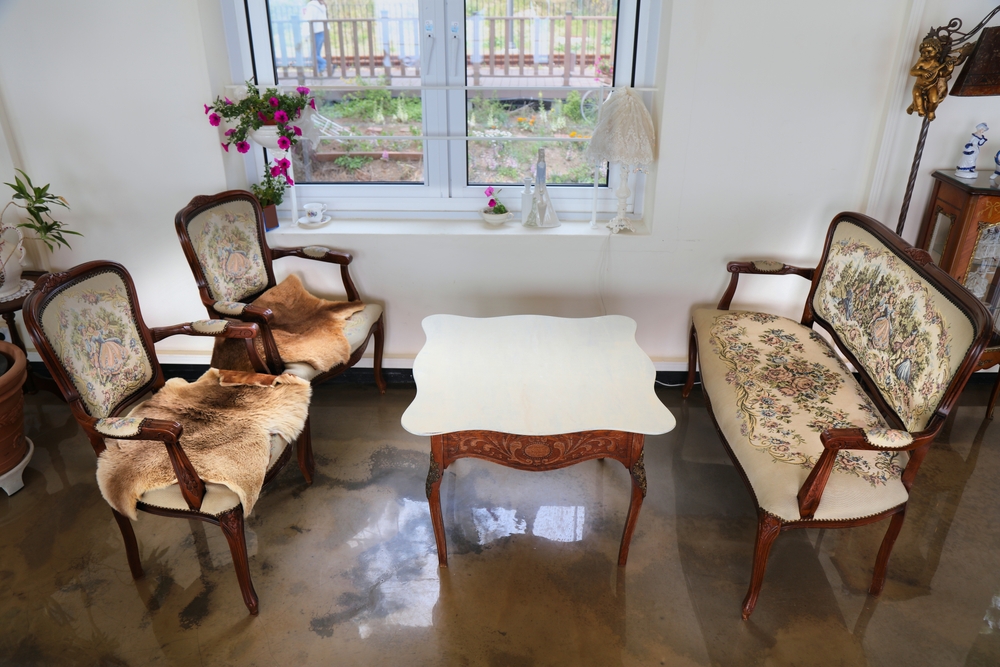
Regular dusting is one of the simplest yet most effective ways to protect your Louis XVI furniture. Over time, dust can accumulate and settle in the delicate carvings and crevices, causing abrasion to the wood. Use a soft, lint-free cloth or a microfiber duster to gently remove dust from the surfaces. A light, consistent dusting routine, ideally once a week, will help maintain the furniture’s finish and keep it free from particles that could cause scratches.
In addition to preventing damage, regular dusting helps to preserve the rich detailing of the furniture, which is often the hallmark of Louis XVI pieces. Dust can obscure intricate carvings and decorative features, so keeping these areas clean ensures that the fine craftsmanship remains visible and appreciated.
Control Humidity and Temperature
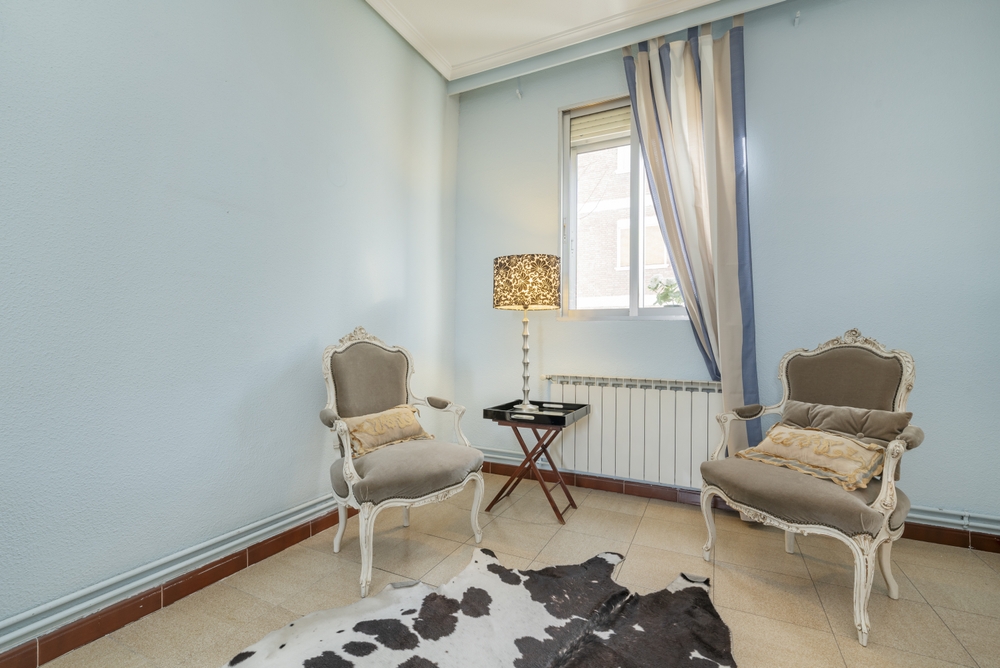
Louis XVI furniture, especially antique pieces, is sensitive to fluctuations in temperature and humidity. Wood can expand and contract with changes in moisture, leading to cracks, warping, or loosening joints. For optimal preservation, maintain a controlled environment with consistent humidity levels between 40% and 60%, and temperatures ranging from 60°F to 75°F (15°C to 24°C). You can use a humidifier or dehumidifier to help regulate the air, especially in regions with extreme seasonal changes.
Extreme heat or cold can weaken adhesives and cause wood finishes to crack or peel. Keeping your furniture away from heating vents, radiators, air conditioners, and direct sunlight will also help protect the delicate materials. Creating a stable environment helps prevent long-term damage and preserves the beauty of your Louis XVI pieces.
Protection from Direct Sunlight and Heat
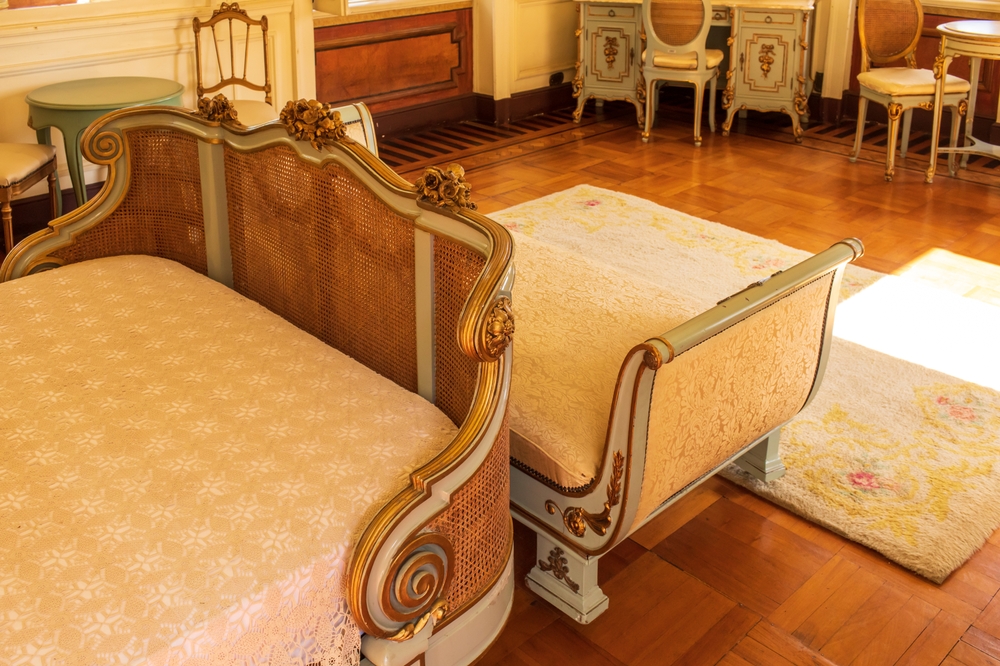
Direct sunlight can cause the wood and upholstery of your Louis XVI furniture to fade and lose its luster. The ultraviolet (UV) rays in sunlight can break down the wood finish and bleach fabrics, leading to discoloration. To safeguard your furniture, place it in areas that do not receive direct sunlight. Consider using UV-protective window treatments such as curtains or shades to block the harmful rays.
Heat can also dry out wood and weaken its structure. Keep furniture away from sources of heat, like fireplaces, radiators, or vents, as these can cause the wood to shrink or crack. A stable, controlled environment free from extreme sunlight and heat ensures the longevity of your Louis XVI collection.
Avoid Harsh Chemicals When Cleaning
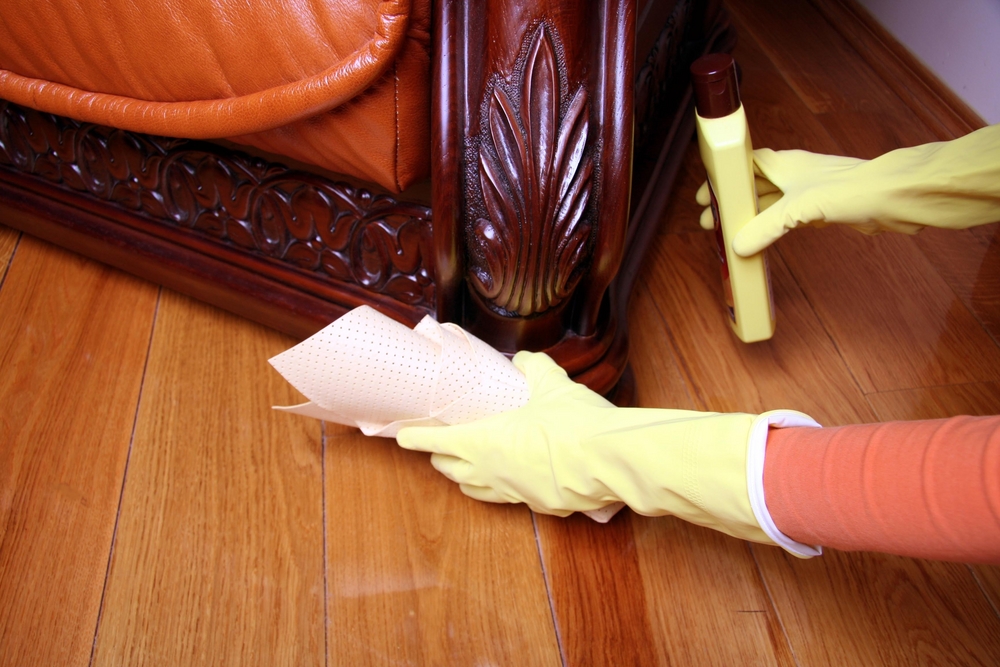
Using harsh chemicals or cleaning products that contain alcohol, ammonia, or bleach can be harmful to your Louis XVI furniture. These substances may strip away the protective finish on the wood, leading to surface damage or discoloration. Opt for pH-neutral cleaners specifically designed for delicate wood or antique furniture. Always read product labels to ensure that the cleaner is gentle and safe for use on fine furniture.
Instead of chemicals, a simple, homemade solution of mild soap and water can effectively clean without harming the finish. For areas that require more care, consider using a wood-safe polish or conditioning product designed to nourish the wood while protecting its integrity. Regular cleaning with these gentle methods will keep your furniture looking its best while preventing any damage.
Use Specialized Products for Wood Care
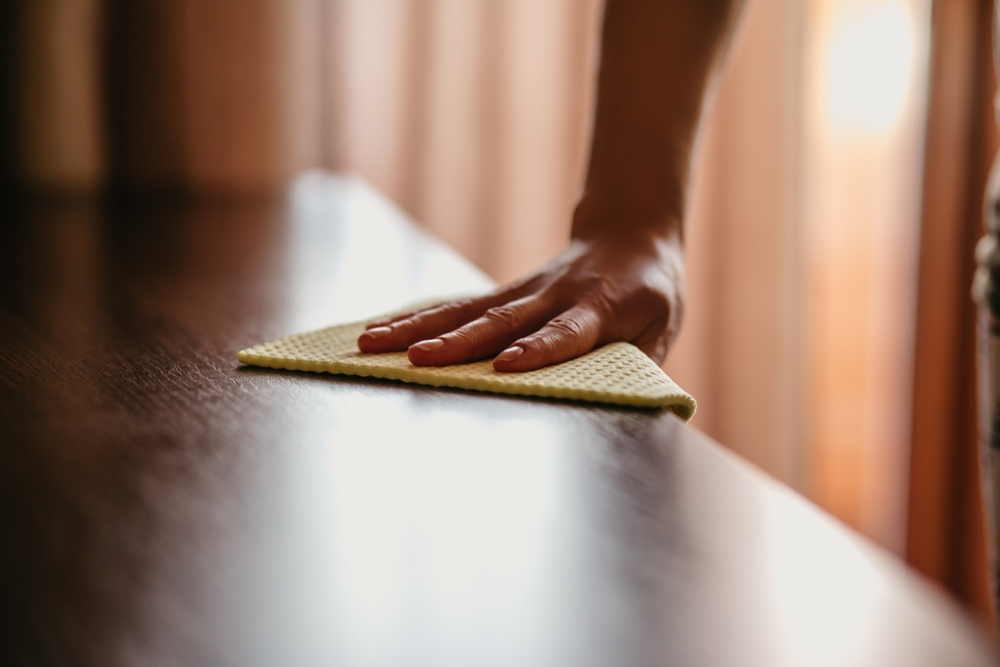
Specialized products for wood care, such as wood polishes or conditioners, are excellent for maintaining the finish and natural shine of your Louis XVI furniture. These products are specifically formulated to nourish the wood and prevent it from drying out, which can lead to cracking or discoloration over time. When choosing a product, ensure it is designed for antique furniture and that it contains no wax, as wax can build up and make future refinishing difficult.
Apply the product sparingly with a soft cloth, following the manufacturer’s instructions. Regular use, about every three to six months, will keep your furniture protected and looking polished without over-saturating the surface. Overuse of these products can cause buildup, so be cautious not to apply too frequently.
Avoid Excessive Movement or Handling
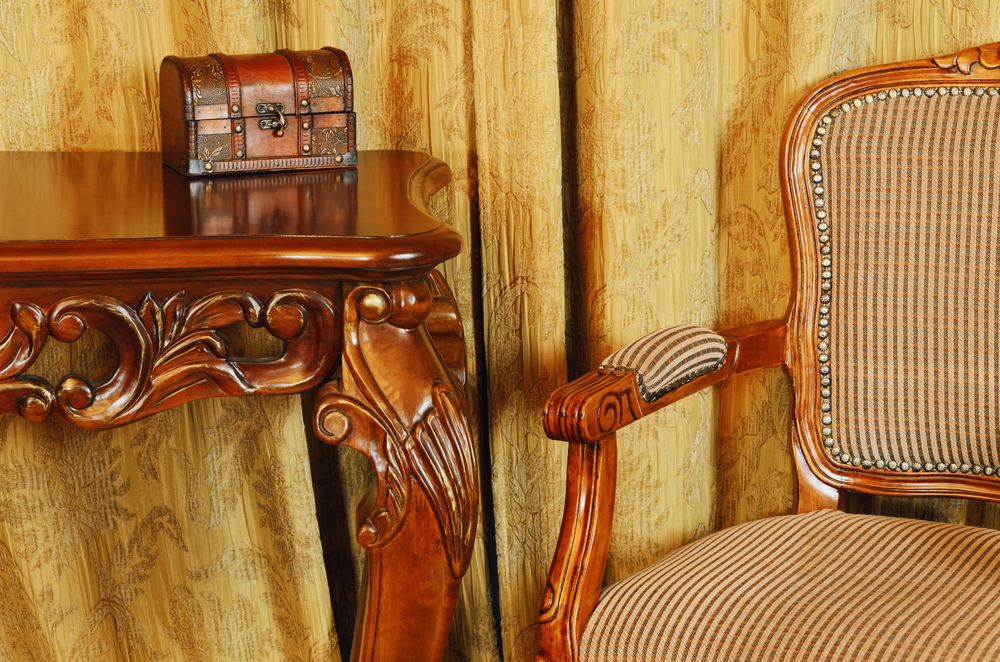
Excessive movement or handling can strain the joints and structure of your Louis XVI furniture. Repeatedly moving or rearranging pieces can weaken their integrity, leading to loose joints, misaligned legs, or cracks. It is best to place each piece in its intended position and leave it undisturbed unless necessary.
When moving furniture, always lift it properly to prevent damage. Never drag or slide the furniture, as this can cause scratches on the floor and strain the joints of the piece. By limiting unnecessary movement, you help preserve both the physical and aesthetic value of your collection.
Use Furniture Protectors and Pads
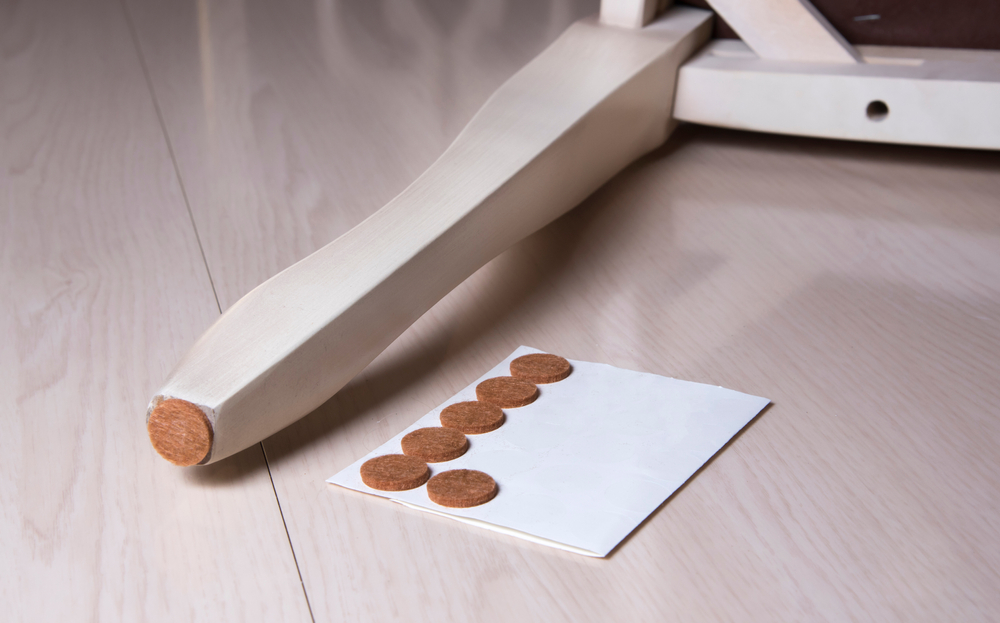
To avoid scratches and other damage, use furniture protectors and felt pads under the legs of chairs and tables. These simple additions can prevent gouging from contact with hard floors, as well as damage from sliding or shifting furniture. For example, placing felt pads under table legs ensures that the wood does not scratch the surface of your floors or get scratched by movement.
For surfaces such as tables or consoles, consider using placemats, coasters, or tablecloths. This will help prevent heat or liquid spills from staining or warping the wood. Furniture protectors are a small investment that will help preserve the appearance of your Louis XVI furniture for many years to come.
Avoid Storing Items on Furniture for Long Periods
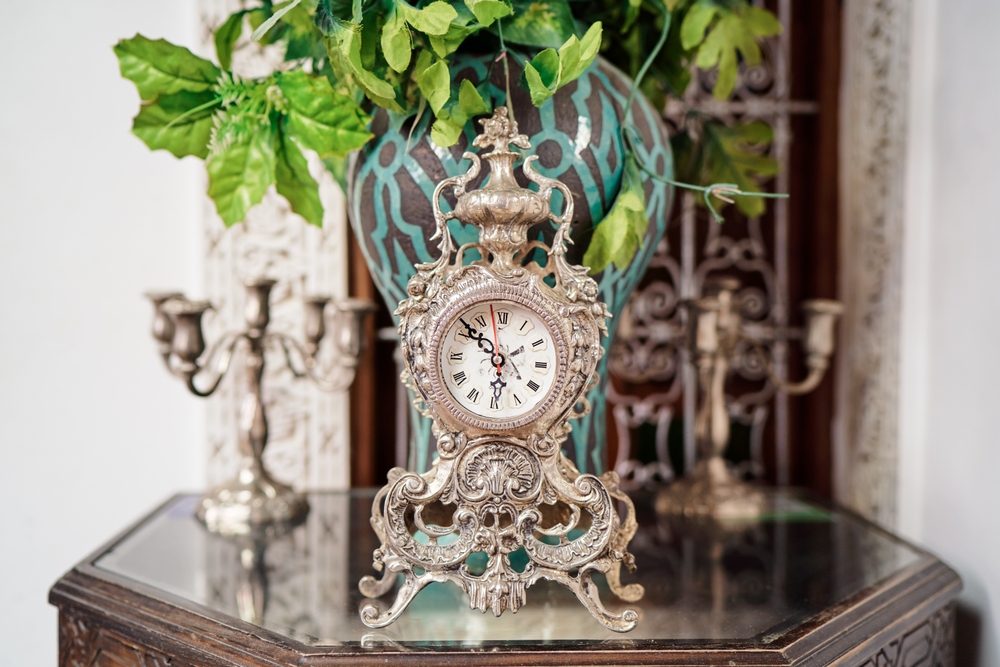
While storing items on your Louis XVI furniture may seem convenient, it can cause long-term damage. Prolonged pressure from objects like vases, lamps, or heavy books can leave indentations on the wood, especially if the furniture is made from a softer type of wood. Additionally, these items can trap dust and moisture, which may lead to discoloration or staining.
If you need to store items on your furniture, be sure to use protective padding beneath them. This way, you reduce the chance of long-term impressions or marks. It is always better to avoid using your furniture for storage and instead reserve it for decorative or functional purposes to maintain its integrity.
Regular Inspections for Structural Issues
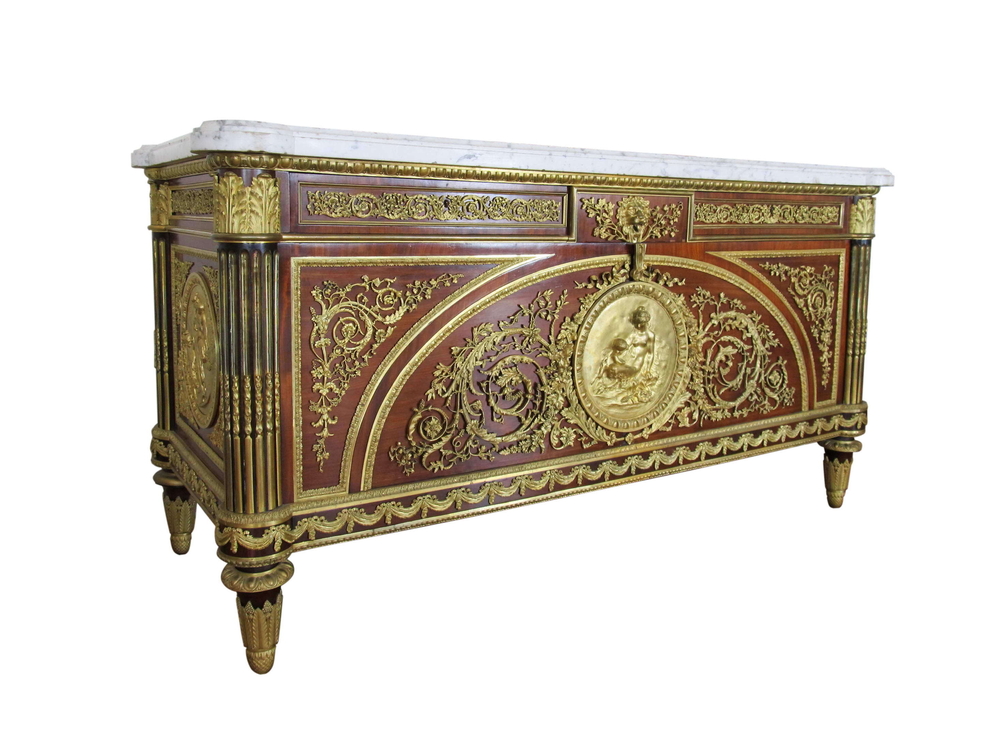
It is important to regularly inspect your Louis XVI furniture for any signs of damage, especially in the joints and structural areas. Furniture that is over 100 years old may show signs of wear, such as loose joints, weakened glue, or cracks. Inspecting your furniture on a seasonal basis can help you catch issues early and prevent them from worsening.
If you find any problems, it is best to consult an expert in antique restoration rather than attempting repairs yourself. A professional will know how to properly restore the piece without compromising its historical value.
Keep Furniture Away from Damp or Wet Areas
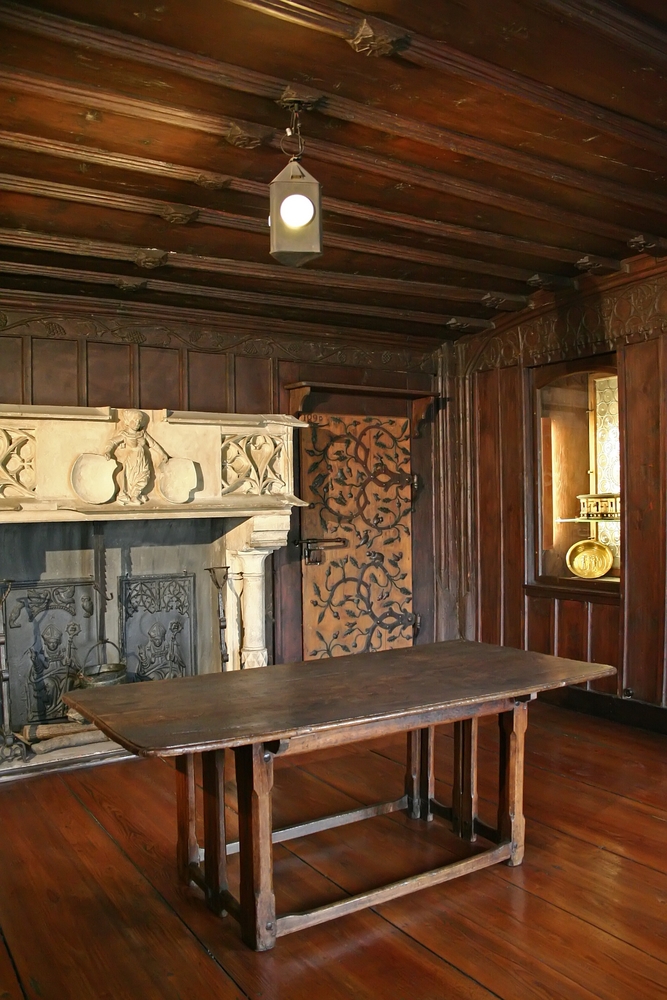
Exposure to moisture can cause irreversible damage to your Louis XVI furniture. Damp areas like basements or bathrooms increase the risk of swelling, warping, or mold growth. Even moisture in the air can cause the wood to swell and potentially weaken the glue that holds the furniture together.
To prevent this, keep your furniture in well-ventilated areas with stable humidity levels. If you do experience a spill or exposure to water, clean it immediately and dry the surface thoroughly. This simple action will help protect the wood and keep your furniture looking pristine for years.
This article originally appeared on Avocadu.
